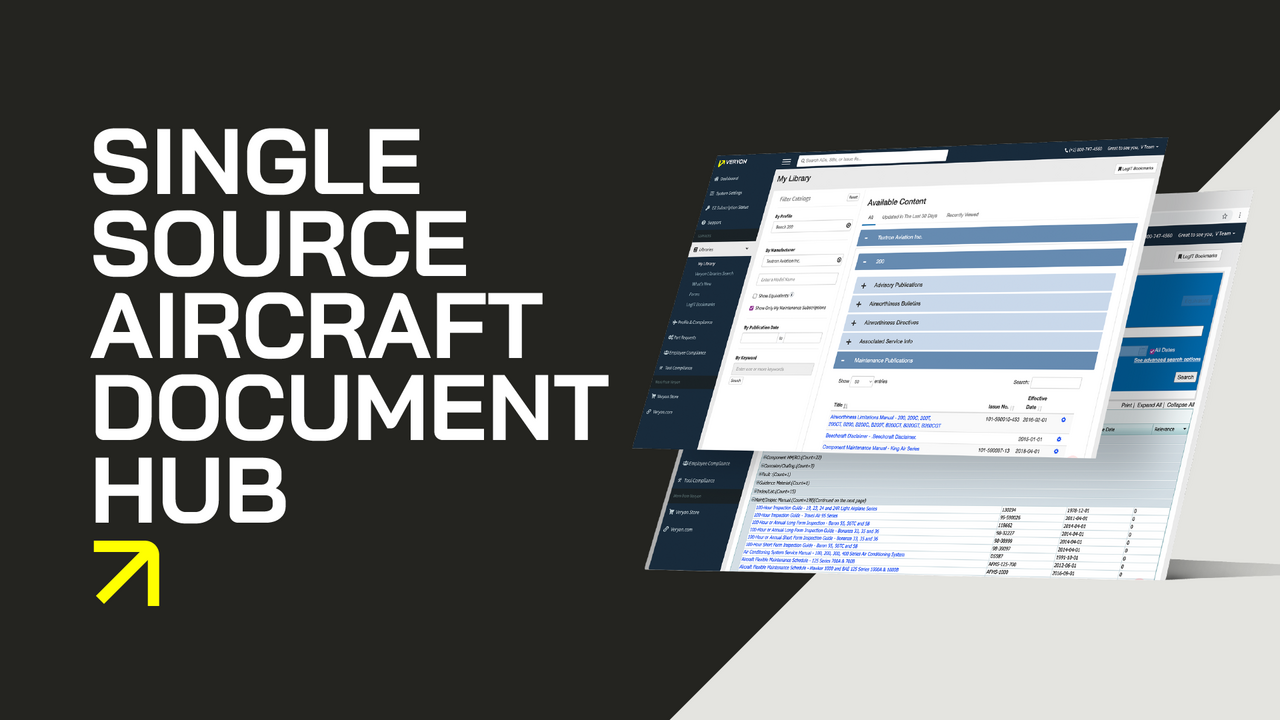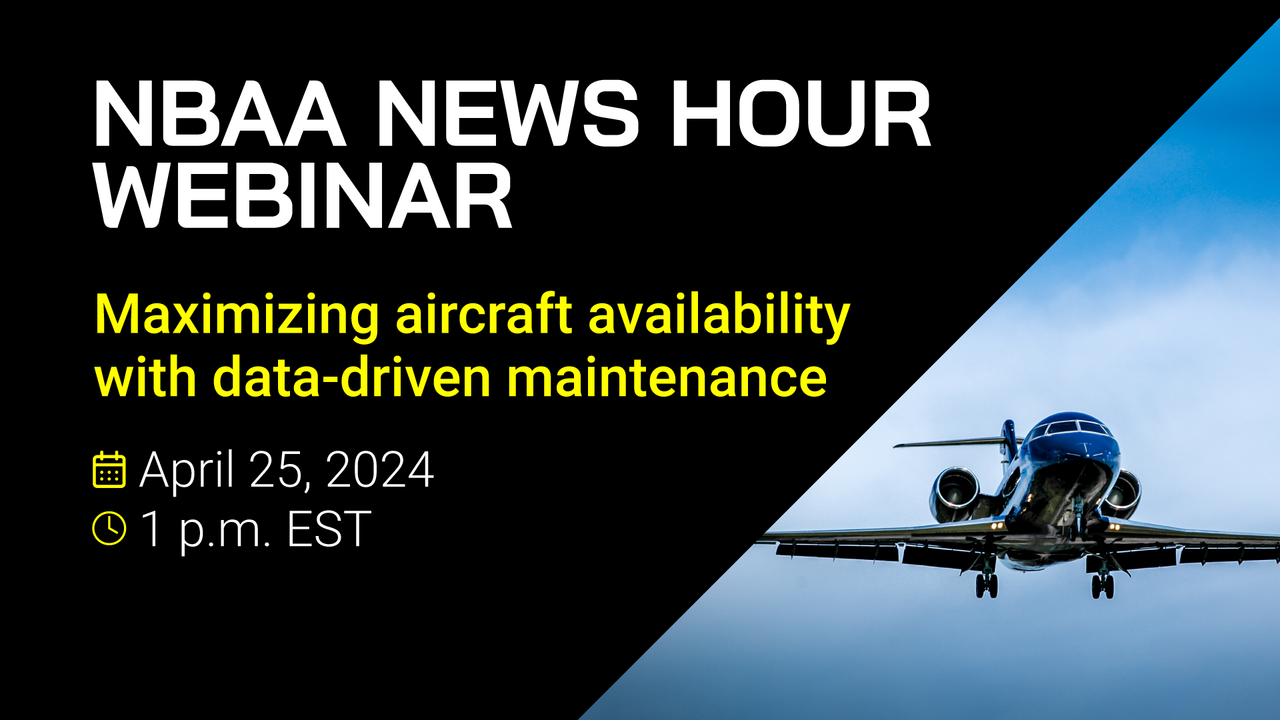5 min read
3 Qualities To Look For In An Aircraft Maintenance Tracking Solution
ATP
Nov 28, 2018 12:09:00 AM

As we know, it’s all kinds of fun planning for that next major maintenance event.. The process becomes even more interesting when managing a fleet. Not only are you tasked with the day-to-day logistics of keeping a fleet airworthy, but you need to be able to think months in advance to plan for those large events.
Are you going to do it in-house? Are you going to comply with optional service bulletins or do any major mods? Are engines due for an overhaul or MPI? What’s your budget? What kind of downtime do you have to work with?
There are a litany of considerations. Throw into the mix juggling a number of projects and the possibility of being short-staffed and you can be left worrying about what you missed or didn’t consider.
But, it doesn’t have to be that way if you plan early, budget accordingly, account for squawks and rely on electronic tools to mitigate errors, eliminate redundant paperwork, reduce labour costs and provide for transparency at all levels. Let’s take a look back.

A History Of Aircraft Record-Keeping
Technology has come a long way since Charlie Taylor’s day. Charlie was a genius and had a photographic memory. Although we all aspire to be “like Charlie,” our aviation ancestors understood that change was required. Enter the FAA to create the rules around record-keeping, such as AC43-9C, that provides the direction needed for aircraft maintainers throughout the U.S. As aircraft became more sophisticated, the need for automated tools to assist the flight department managers became critical.
Starting in the 1960s, the computer age allowed for the loading of aircraft inspection descriptions and requirements into a mainframe computer. Updates were usually done via a punch card system or another medium for updating. Maintenance reports were generated, but users depended on third-party providers to send out reports and prepare updates that could take a month or more.
If there were errors in corrected reports, the wait could be another month.
Since those days, however, things have changed considerably. Aircraft data can now be available via cloud-based solutions and, depending on the vendor, data can be updated in real-time. If you are tracking aircraft maintenance with an in-house program or spreadsheet, you might be missing out on some of the tools available to you with a cloud-based solution.
Qualities of A Sophisticated Maintenance Tracking Provider
Cloud or Web-Based Application
There are various cloud-based or web-based aviation maintenance tracking providers on the market—in all cases, your number one priority when selecting the best program for your organization should be data security.
One inherent feature of cloud-based applications is the storing of data in multiple replicated data centers – as compared to web-based – where the data is stored in a single data center. Cloud-based apps offer more open architecture to create lines of communication between software. It is the most secure option available when considering a third-party vendor for maintenance tracking.
The second priority is the integrity of the data. We have all heard the term “garbage in/garbage out.” Evaluate how data is entered in the system, the audit process, how data is prioritized as a change to the tracking system and, most critically, how you know when the data has changed.
Data entered into the system must be audited and all chapter 5 requirements confirmed. As the POC for all maintenance issues, the system should generate a receipt of all changes. Knowledge in real-time and information at your fingertips is powerful and your system should deliver that information quickly and clearly. You should be aware when an update is performed, a discrepancy created, a revision applied or an Airworthiness Directive issued. The receipt becomes your paperless verification tool.
Real-Time Maintenance Data
Now, let’s talk about access and the value of data in real-time.
Some tracking companies have the best of intentions in supplying access to data, but many depend on antiquated legacy systems developed during the Cuban Missile Crisis. Layers of functionality and complicated processes for accessing data impede the ability to use data in a meaningful way. Increased instances of errors are introduced into the system, not to mention the hours of training required to use the system. Untold hours are spent correcting data and waiting for corrections to be implemented, or worse, you wait days for a call back from your provider.
Modern systems allow for easy access to data. For instance, a streamlined landing page offers one-stop access to the maintenance status of a fleet—no digging, no drilling, no questions.
Is N1234 available for dispatch? The landing page should indicate “Yes” or “No.” You should have confidence that when you pull a report you are looking at the most up-to-date status of an aircraft. Reports, task cards, procedures and due lists should be easily accessed, generated and manipulated.
While the technology should give you the ability to update your own data, you should also have a 24/7/365 customer support team to update your records in seconds or minutes, rather than days or weeks. Also modern systems require minimal training allowing you to focus more on the nuts and bolts of maintaining aircraft. Keeping systems simple on the front end require tremendous effort and creativity on the back end.
OK, everything is great with the security, the data is up to date and correct, you get notifications of changes, you can access the records easily and quickly, so what about all that paperwork?
Digital Documentation Accessible From Multiple Platforms
With the FAA adopting AC120-78A, your operation can go completely paperless. With iPhone and iPad applications, maintenance procedures can be accessed, signed off and a logbook entry completed with just a few clicks.
With the mobile applications, pilots can communicate with maintenance through reporting of times or discrepancies right from the cockpit. Pilots can also sign off-ramp checks, VOR checks or pre-flights right from their smartphone and have those records archived in the cloud-based system. Pictures and video can be captured and attached to a discrepancy “in flight” and reported to maintenance via a notification generated by the system. Transparency between operations and maintenance is critical and the use of handwritten notes carries the risk of something getting missed. The technology is all there to prevent a mishap or miscommunication.
And what about that large inspection we spoke of earlier? Electronic work orders are perfect for building a “Living File” to plan your maintenance event. Due items, modifications, discrepancies and maintenance procedures all live in the document.
Once the work scope is complete, generate a log entry, select your return to service statement and sign it off with E-Sig. Use it in-house to track completion of a job or send out as an RFQ to multiple vendors to quote. Your options are endless.
In Summary
Your data is a tool—make it work for you.
Gone are the days where you need to spend several hours a day maintaining your own data. Access to your data should not take weeks of training and you should be confident that the data is correct. Transparency between operations and maintenance should be facilitated and a heavy emphasis made on using system intelligence and electronic processes to mitigate errors. More importantly, you reduce the size of the pile of paperwork on your desk. Options are out there, and you owe it to yourself to explore those options. Take a day off occasionally. Sleep well at night, confident in the systems you have selected to help your organization in its mission of providing safe, reliable aircraft on time, every time.
About ATP.
ATP is the leading provider of aviation software and information services.
Our innovative product lines, including Flightdocs, Aviation Hub, ChronicX, and SpotLight, reduce operating costs, improve aircraft reliability, and support technical knowledge sharing and collaboration in all aviation and aerospace industry sectors.
The products and services of ATP support more than 75,000 aircraft maintenance professionals worldwide. As a global company, ATP has more than 7,500 customers in 137 countries and partnerships with over 90 OEMs.



